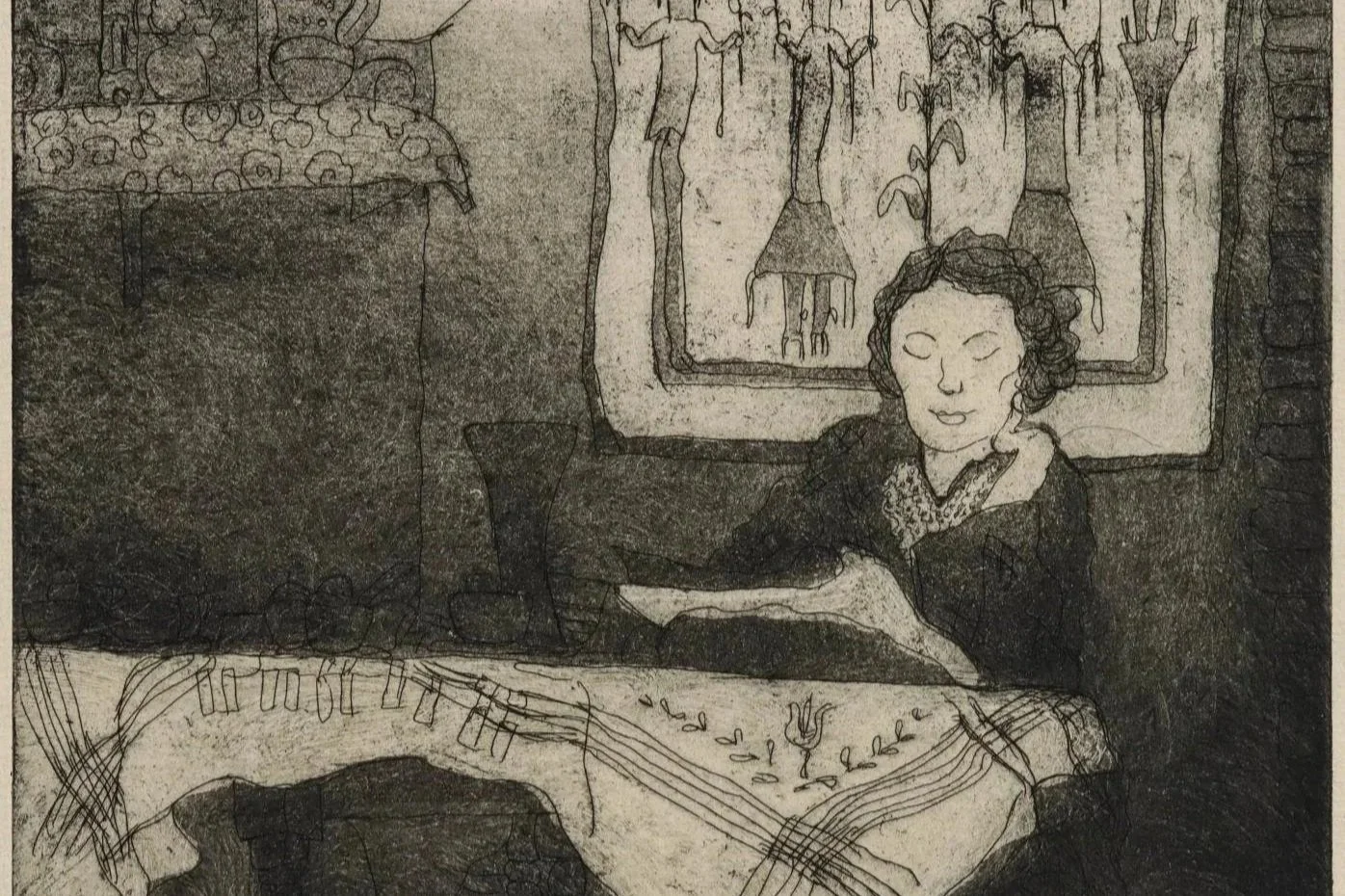Projects
Academic, creative, and public history projects.
Per Aspera Podcast
A podcast created by the Kansas 250 Committee to commemorate and reflect upon the semiquincentennial of the Declaration of Independence in 2026. How do the principles of “created equal,” “life, liberty, and the pursuit of happiness,” “consent of the governed,” and others play out in Kansas history, especially when they come into conflict with one another? From Bleeding Kansas and the Underground Railroad, through statehouse wars and county seat conflicts, though school desegregation, this podcast will look at stories from Kansas’ rich and complex history that are part of the larger American story of realizing the promises of 1776.
My Role: Director, Writer, Host, Historian
“By the ballot if we can, but the rifle if we must”: Bleeding Kansas and Topeka’s Constitution Hall
A documentary film about the Free State movement and the contested territorial government centered in Topeka during the Bleeding Kansas years. Through the lens of the physical space of Constitution Hall in Topeka, this film explores issues of political legitimacy, voter fraud, the ethics of violence, racial discrimination, and struggles for freedom in the 1850s that continue to resonate into contemporary times. Partly funded by a grant from Humanities Kansas and produced in conjunction with the Friends of the Free State Capitol.
My Role: Producer
The Mother and … Project Podcast
In this podcast series, women who are both artists and mothers discuss their diverse experiences as creators and caregivers. Each episode features discussions with artists and other individuals involved in the Mother And … exhibition, which runs from September 5 to November 21st, 2025, at the Leedy-Voulkos Art Center in Kansas City, Missouri. The exhibit and the podcast disrupt preconceived notions that parenthood diminishes one’s artistic practice, and celebrate motherhood as a source of expansive creative potential.
My role: Podcast Director and Producer
Practical in Her Art: Kansas Women Artists of the 1930s
An exhibition at the Birger Sandzén Memorial Gallery in Lindsborg, Kansas, that runs from Aug. 3 through Oct. 19, 2025, featuring works by Sue Jean Covacevich, Norma Bassett Hall, Clara Hatton, Mary Huntoon, Anna Keener, Margaret Whittemore, and others. Despite the challenges of the Great Depression, the decade of the 1930s was a dynamic time for art making in Kansas. This exhibit explores how key artists in the state worked tirelessly to keep the visual arts alive during this difficult era, while also blazing trails for women artists.
My role: Consulting Curator
An exhibition at the Marianna Kistler Beach Museum of Art at K-State that ran from 2023-2024 and continues with a virtual exhibit. Before 1950, districts in dozens of Kansas towns and cities acquired original art through traveling exhibitions, bequests from the Carnegie Corporation, New Deal art programs, and other avenues. This exhibition explores the vital role American art played—and might play again—in Kansas schools and their communities.
My Role: Consulting Curator
A multiple award-winning podcast series that commemorates Humanities Kansas' 50th anniversary in 2022. Episodes connect local and regional Kansas events from 1972 to national histories. Through it all, we'll consider how and why Humanities Kansas got its start and the enduring importance of the humanities. Winner of the American Association of State and Local History’s (AASLH) Leadership in History Award.
My Role: Director, Writer, Host, Historian
“Early Indian Life in Kansas”
This Pony Express Museum digital exhibit documents and critically reinterprets a series of dioramas depicting six Native American nations, originally created by the Kansas WPA’s Museum Extension Project in the 1930s and early 1940s. Funded by a grant from Humanities Kansas.
My Role: Project Manager, Consulting Historian
An award-winning documentary film that explores Kansas history and identity during the Great Depression through conflict over post office murals created by New Deal arts programs. Funded by a grant from Humanities Kansas and produced in conjunction with the Birger Sandzen Memorial Gallery.
My Role: Director, Producer, Writer, Historian
A podcast about the intersection of public health, cultural history, and war during the 1918-1920 influenza pandemic. “Pandemic on the Prairie” tells the stories of Kansas and Kansans during this tumultuous time of both a World War and a global pandemic and makes links to similar crises in present times. Funded by a grant from Humanities Kansas and produced in conjunction with the Geary County Historical Society.
My Role: Director, Writer, Host, Historian
An ongoing project that documents and analyzes the various arts and culture programs in Kansas funded by federal government agencies during the New Deal era, as well as Kansas artists who were involved in these programs. Includes a map of Kansas with New Deal artwork locations.
My Role: Author, Historian
Public Talks and Discussions
Watch some of the talks I have given publicly on YouTube.
You can also invite me to speak to your group or organization through the Humanities Kansas Speakers’ Bureau.
My Role: Speaker
A map I compiled using James Loewen’s data on possible sundown towns in the United States and entries from the 1941 edition of the “Negro Motorist Green-Book”.
My Role: Author











